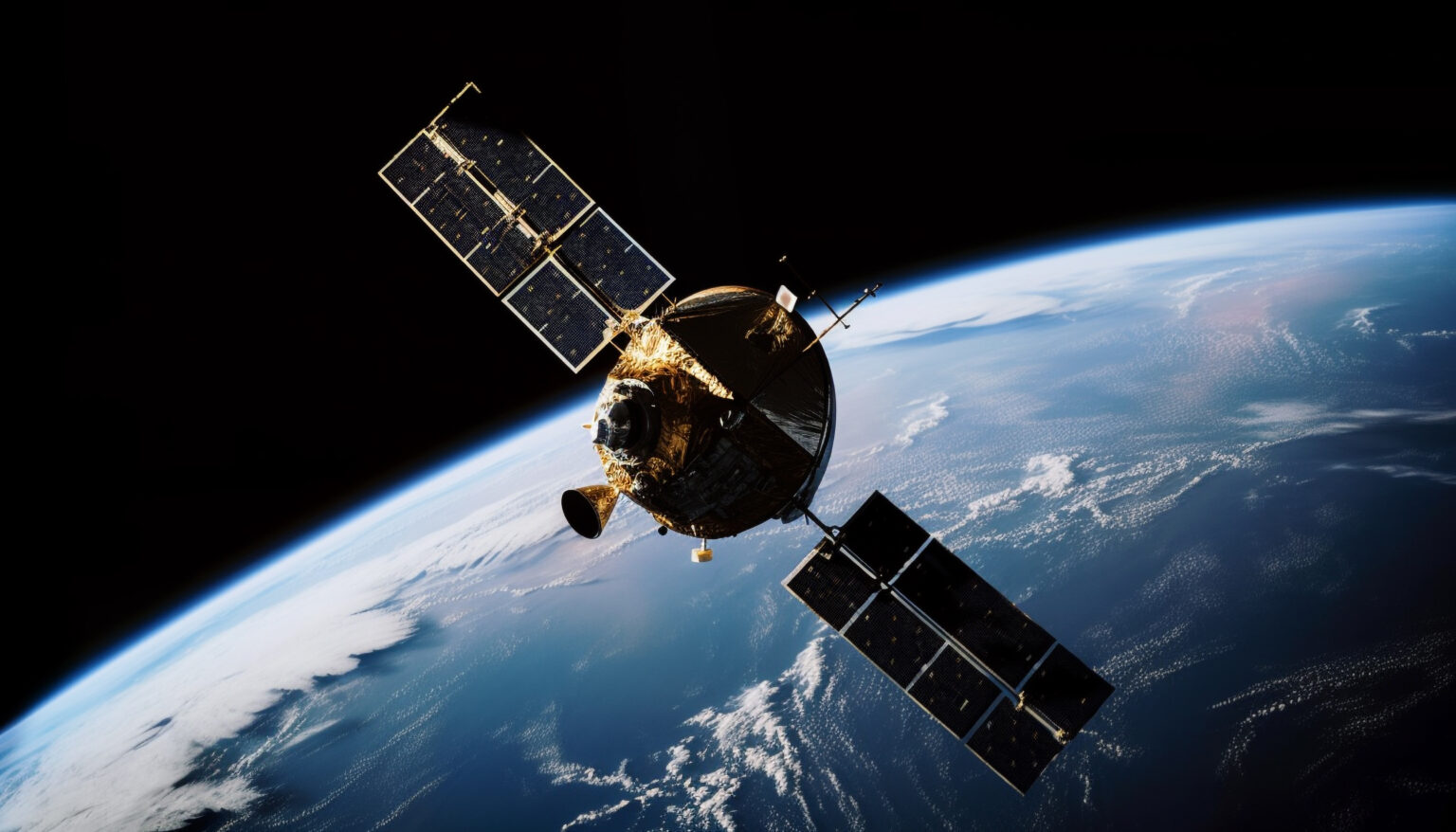Table of Contents
Starlink Satellites and the Ozone Layer: A Growing Concern
Starlink is a satellite network developed by a spaceflight company called SpaceX to offer cost-effective internet connection even in remote locations. The research of scientists revealed that the burning of these satellites is disrupting the ozone layer of the Earth by producing a large amount of aluminum oxide.
Image Source: First Post
The Research Findings: Alarming Data from the University of Southern California
In the Geophysical research letter published by some researchers at the University of Southern California. It is claimed that the Starlink satellites are depleting the ozone layer of the Earth thereby exposing Earth to harmful ultraviolet rays.
Current Satellite Landscape: Starlink Dominates Low Earth Orbit
At present, there are about 8,000 satellites that are orbiting around the Earth out of 6,000 is Starlink has a life span of about 5 years and these satellites die off within the atmosphere. As per the study when a small satellite is burnt it produces aluminium oxide of about 30 kg. In 2022, the death of these satellites produced 17 tons of this gas.
The increase in the launch of satellites is driven by the global rise in demand for the internet. It is estimated that the increase in launch of satellites will release aluminium oxide of worth 350 tons every year.
The Environmental impact due to aluminium oxide
The release of aluminium oxide fosters the activation of chlorine that depletes the ozone layer within the stratosphere. This indicates that 30 kg of aluminum oxide persists in the atmosphere for decades.
Moreover, as per the study of Independent SpaceX is planning to launch an additional 42,000 satellites in coming years in collaboration with Amazon.
Why Ozone layer is important ?
Ozone layer protects human being form the harmful UV rays of sun that is responsible fo causing skin cancer among human and also harming food supplies and crops.
Scientific Warnings: The Urgent Need for Sustainable Space Practices
Scientists raise concerns as it is still unknown how this released aluminum is going to behave chemically. Will it convert into ice nuclei? How will it react with sulphuric and Nitric acid? Will it release trapped chlorine more effectively than existing stratospheric aerosols, thereby speeding up ozone depletion? Most essentially, this aluminum aerosol will not stay within the Stratosphere forever. So the question remains: when this album falls into the Earth, how will it contaminate the polar regions? Therefore, there is an emergent need to address this question as more than 50,000 satellites will be launched by the end of 2030 that needs to be addressed quickly.
Suggested measure
To identify how the release of this ozone is going to harm Earth laboratory studies are required. A more detailed study is necessary to understand the chemistry in detail of how the particle is going to move around the atmosphere.
Image Source: NASA Applied Science
The renowned eruption of Mt. Pinatubo in 1991 also resulted in stunning sunsets. It released over 15 million tonnes of sulfur dioxide into the stratosphere, cooling the Earth’s surface by slightly more than half a degree Celsius for about three years. This event has inspired geoengineering proposals aimed at slowing climate change by intentionally injecting sulfate aerosols into the stratosphere.
Conclusion
The rapid increase in satellite launches poses a significant threat to the Earth’s ozone layer. The release of aluminum oxide from burning satellites requires immediate scientific attention to understand and mitigate its impact. Sustainable space practices must be prioritized to protect our environment as we advance in space technology
